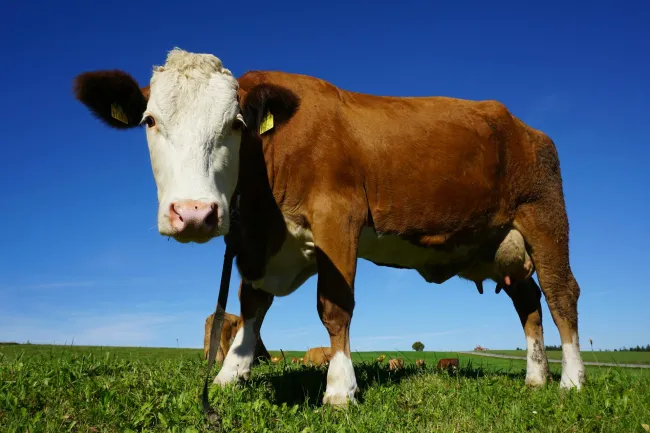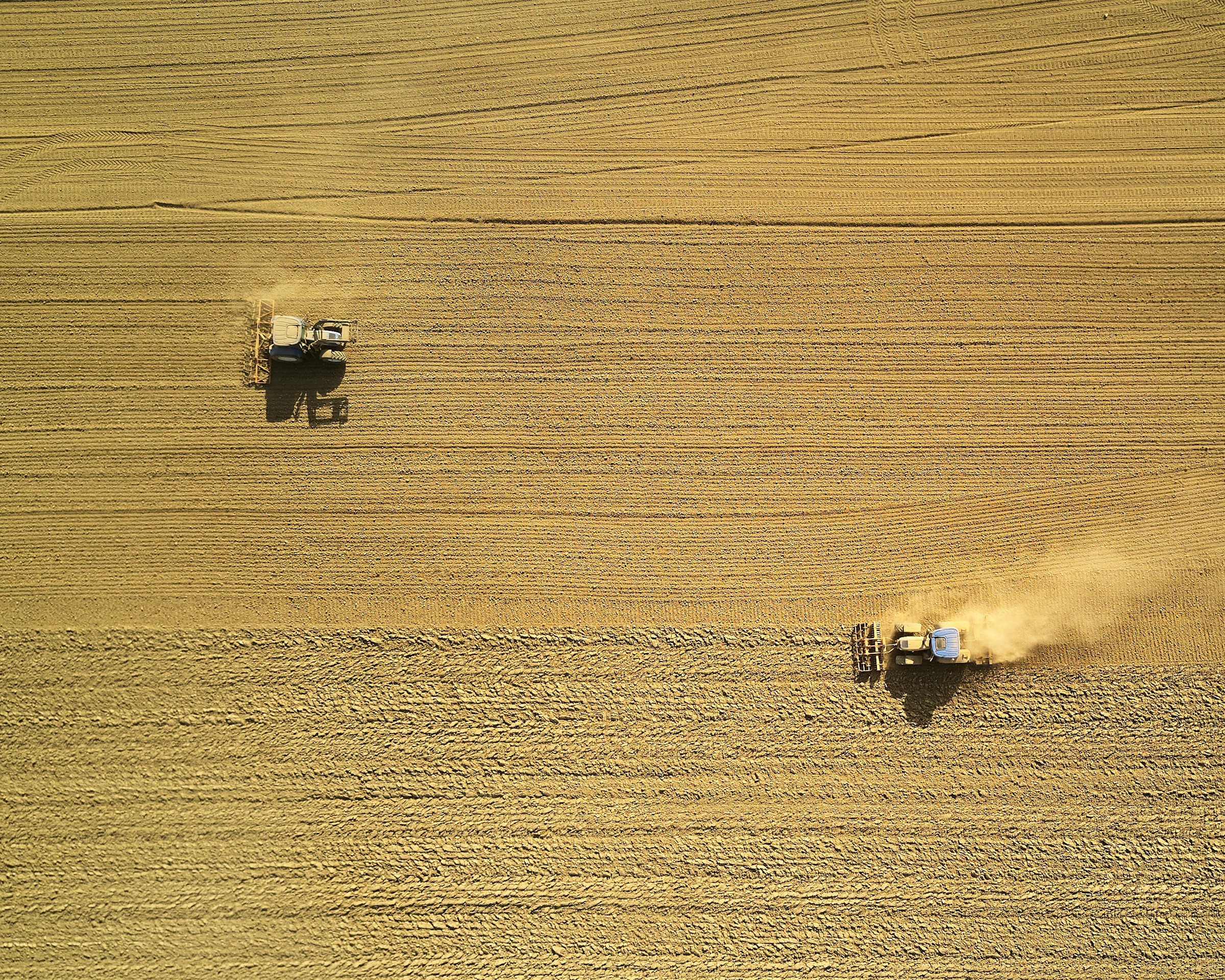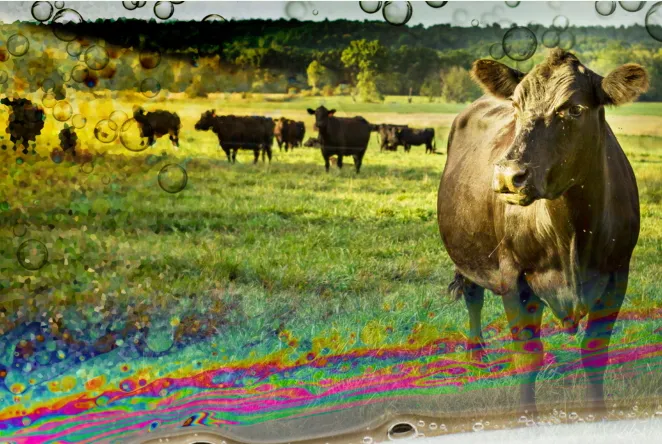This study claims that U.S. grass-fed beef is not less carbon-intensive than industrial beef, even with maximal credit for carbon sequestration. It also argues grass-fed beef is also 3-40 times more carbon intensive than most plant and animal alternatives.

Abstract
The high resource intensity of industrial beef in high-income economies has prompted growing interest in alternative, potentially lower environmental impact beef production pathways. Of those, grass feeding is promoted by some as one such alternative, but rigorous quantification of this claim is required. Motivated to bridge this knowledge gap, we integrate empirical evidence with a model based on authoritative equations governing beef cattle performance to quantify the greenhouse gas emissions of producing grass-fed beef. Because geographical specificity and dependence on agricultural intensity are key, we model widely varied herds, from extensive operations on semiarid, marginal rangelands to partially industrial, intensive ones in lusher, more accommodating settings. We find that emissions per kg protein of even the most efficient grass-fed beef are 10 to 25% higher than those of industrial US beef and 3- to over 40-fold higher than a wide range of plant and animal alternatives. Soil sequestration enhancement by rangeland grazing reduces these emissions from 280–390 to 180–290 kg CO2eq (kg protein)−1, still somewhat above industrial beef’s 180 to 220 kg CO2eq (kg protein)−1, and well above nonbeef alternatives’ 10 to 70 kg CO2eq (kg protein)−1. These differences prove robust across a broad set of combinations of grass-fed beef operation types, management practices, and ration qualities. Consequently, even with maximal credit for putative sequestration enhancement, grass-fed beef is still no less carbon intensive than industrial beef, and severalfold more intensive than nonbeef alternatives.
Reference
G. Eshel, A.I. Flamholz, A. Shepon, & R. Milo, US grass-fed beef is as carbon intensive as industrial beef and ≈10-fold more intensive than common protein-dense alternatives, Proc. Natl. Acad. Sci. U.S.A. 122 (12) e2404329122, https://doi.org/10.1073/pnas.2404329122 (2025).
Read more here. See also the TABLE explainer, Grazed and confused?


Comments (0)